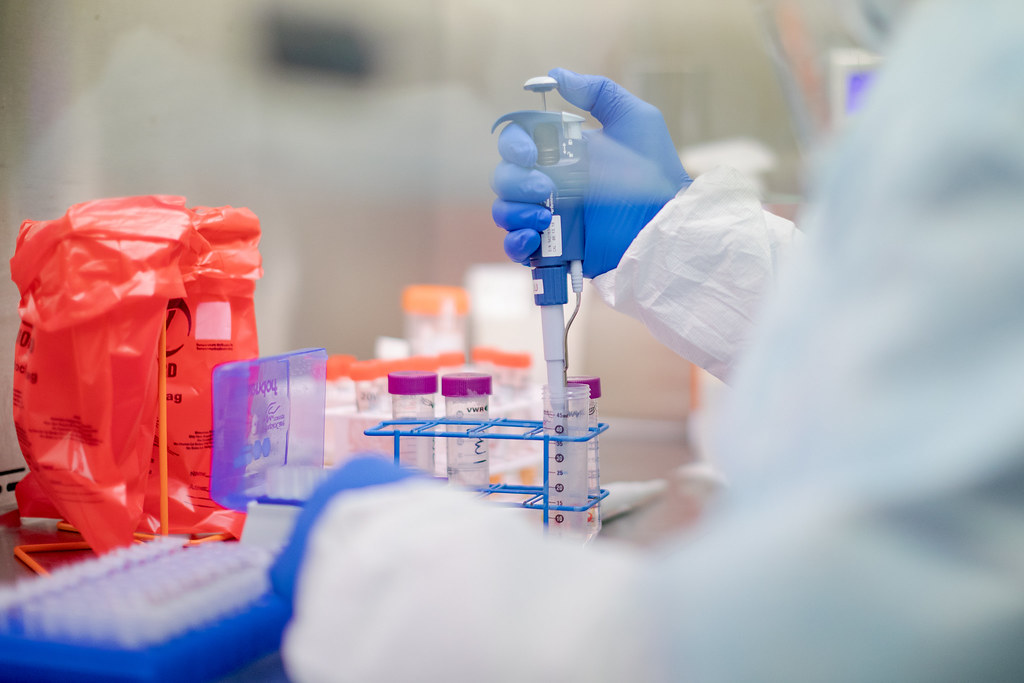Low Testing, Misleading Numbers: Why There are no Recorded COVID-19 Cases in Macon County
March 19, 2020
COVID-19 has impacted almost everyone, regardless of whether they have had the virus or not. Schools, restaurants, gyms and even universities in the United States have either closed or taken extreme measures to prevent the spread of the virus.
At the time of this article’s publication, over 225,000 coronavirus cases have been reported worldwide. Over 7,000 of those have been reported in the United States and 288 have been reported in Illinois. There have been no cases, yet, announced in Macon County. Experts suggest, however, that the number is not accurate.
“There is a difference between there ‘not being any cases’ and there ‘not being any confirmed cases,’” Professor John Blakeman, MSN, RN, PCCN-K, an instructor in the School of Nursing at Millikin University, said. “I think it is important for everyone to understand that given the shortage of tests we have had and continue to have for COVID-19, it’s really impossible to know exactly how many cases we have in every community.”
Testing has not been widely available anywhere in the United States for the past month. This has been due to an extreme shortage of tests.
The World Health Organization has responded by increasing production and shipment of tests and working with companies to create tests. WHO recommends testing every suspect case—no matter how minor—and immediately responding to positive results by isolating the infected person and monitoring everyone exposed to them.
Health services in Macon County and several other surrounding areas cannot do that, yet.
“The reason we don’t have any confirmed cases in Macon County is that not enough people have been tested,” Jamey Witmer, MSN, APRN, a nurse practitioner at Springfield Clinic, said. “I know healthcare providers that tried to get patients tested and were declined.”
As of yesterday, Witmer was still being denied testing for patients who were showing symptoms of COVID-19. Witmer has contacted the Sangamon County Health Department regarding these cases.
The denial of testing because the Center for Disease Control’s initial shortage-time testing criteria was strict. The CDC’s guidelines and those from the Illinois Department of Public Health has relaxed and opened a little bit, but it still prioritized the same people as it did before: older and high-risk patients living in facilities with other high-risk patients.
This still leaves out younger patients with less severe symptoms. If some young person has COVID-19, they likely will not be tested. According to Dr. Jo Carter, associate professor of Nursing at Millikin, this could mean a number of things.
“Countrywide it means that possibly there are persons who may have the virus, but are not aware that they have it and who do recover without severe elements of the illness,” Carter said. “We may not ever know about it. This could be a good thing for another reason, which is the case fatality reports could be over-reported or calculated. Or it could mean that locally not too many potential cases are laboratory tested, thus not meeting the case definition of the illness and thus not reported.”
COVID-19 might be less deadly that the 1-3% that is being spread, but if it infects a large number of healthy individuals, it can more easily infect many more high-risk individuals. That one of the many concerns of healthcare professionals.
Though the exact mortality rate is not perfectly clear, it is still much higher than regular seasonal illnesses like the flu
“While influenza is currently a much more prevalent infection in the US, the mortality rate is substantially lower — at least 10 times less lethal,” Blakeman said. “Yes, when you look at raw numbers, more people have died from influenza. But when you actually look at the percentage of people with both of these infections that ultimately die, more people die from the new coronavirus. Imagine what would happen if we had as many people with coronavirus as we do people with influenza. That situation is precisely what we are trying to avoid.”
The key to avoiding this is still social distancing. This helps because it allows hospitals to give more attention and care to a smaller amount of cases.
“If people follow the social distancing guidelines and mostly stay home, we have a good chance of this being a flu type situation,” Witmer said. “We are ready for that… But if we see a huge spike like they did in Italy—no hospital system in any country is ready for that.”
Places that have practiced social distancing early, before COVID-19 cases became dense in the population, have avoided the pandemic from becoming too severe. China is one of the places with extreme social-distancing and testing policies. Today, CNN announced that they reported no new cases.
Healthcare professionals still say that people should be practicing safe techniques like social distancing and washing our hands for 20 seconds with soap and warm water—and turning off the sink with a paper towel when we are finished.
Blakeman explains that people should not just donate blood to be tested for COVID-19 for free. This is not a practice blood drives do because COVID-19 does not spread through the blood. It spreads through droplets when people cough or sneeze. That is why it is important to wash hands.
While there has not been much testing, more testing will be on the way. More options will be released in a few days. Healthcare professionals encourage all people to keep practicing social distancing even if there are no reported cases in your area.
The Macon County Health Department and other facilities are currently running alerts about COVID-19 tests and results.
